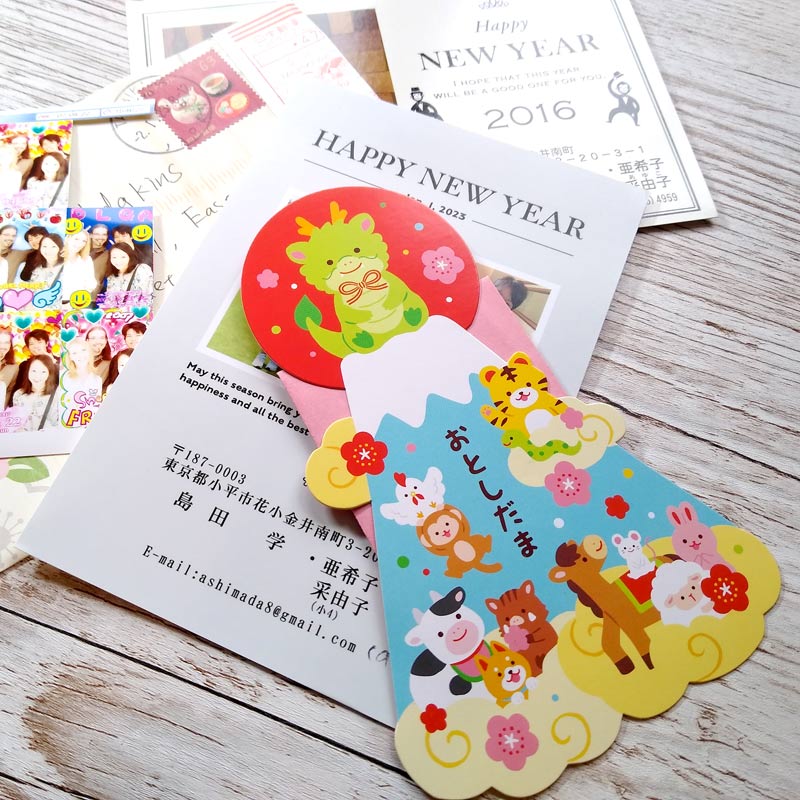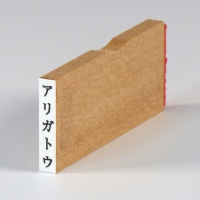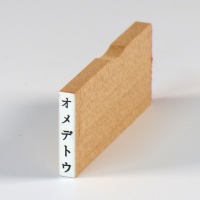In Japan, there is a lovely tradition most prevalent at New Year – the writing and exchange of handwritten cards and postcards known as "nengajo".
You might make your own card with a hand drawn design and a personal message or you might buy a printed card and decorate it yourself, giving it an individual touch. Either way, these meticulously crafted cards carry heartfelt wishes to friends, acquaintances and family and also maintain a long-held significance in Japanese culture.
The history of nengajo
The roots of sending New Year's postcards in Japan run deep. Stemming from centuries-old customs, the tradition has evolved into a meaningful way for individuals to convey their hopes and good wishes for the coming year.
Even in modern times, nengajo remains a crucial part of Japanese culture, symbolizing the importance of friendship, family connections and positive intentions.
The Craft of Writing Nengajo
Many people in Europe or the USA seem to have given up sending Christmas or birthday cards which I think is a shame. The argument often is that they are a waste and can’t be recycled but I wonder if that’s the real reason. Personally, I would rather have a hand crafted personal greeting that I thought the giver had really contemplated than any gift!

At the core of nengajo is the art of personal expression. Unlike digital messages, handwritten cards embody sincerity and thoughtfulness. The act of carefully choosing words and crafting messages by hand is a testament to the sender's genuine desire for meaningful connections.
Creating these cards has become quite an art form. The cards are adorned with various decorative elements, each adding a unique flair to the overall presentation.
Primarily, the sender can demonstrate their beautiful calligraphy skills. The art of Japanese calligraphy and brushwork often finds its way on to nengajo, adding an extra layer of cultural richness.
As well as the written sentiment, the card might be decorated with hand-drawn or painted illustrations, cute stamps and personal seals known as ‘hanko’, stickers and pretty washi tape. Each card is transformed in to a canvas of creativity.
Modern trends
In the age of digital communication, it’s heart-warming to see that the art of handwritten postcards and greetings cards still endures.
It stands as a testament to the importance of personal connection and the ideas of ‘mindfulness’ and slow living. Nengajo not only bridges the gap between loved ones but also serves as a tangible representation of the warmth and sincerity.
Although it’s firmly embedded in Japanese culture, perhaps an international audience can find inspiration in this timeless tradition, weaving our own heartfelt wishes into the fabric of meaningful communication and maintaining personal connections.






